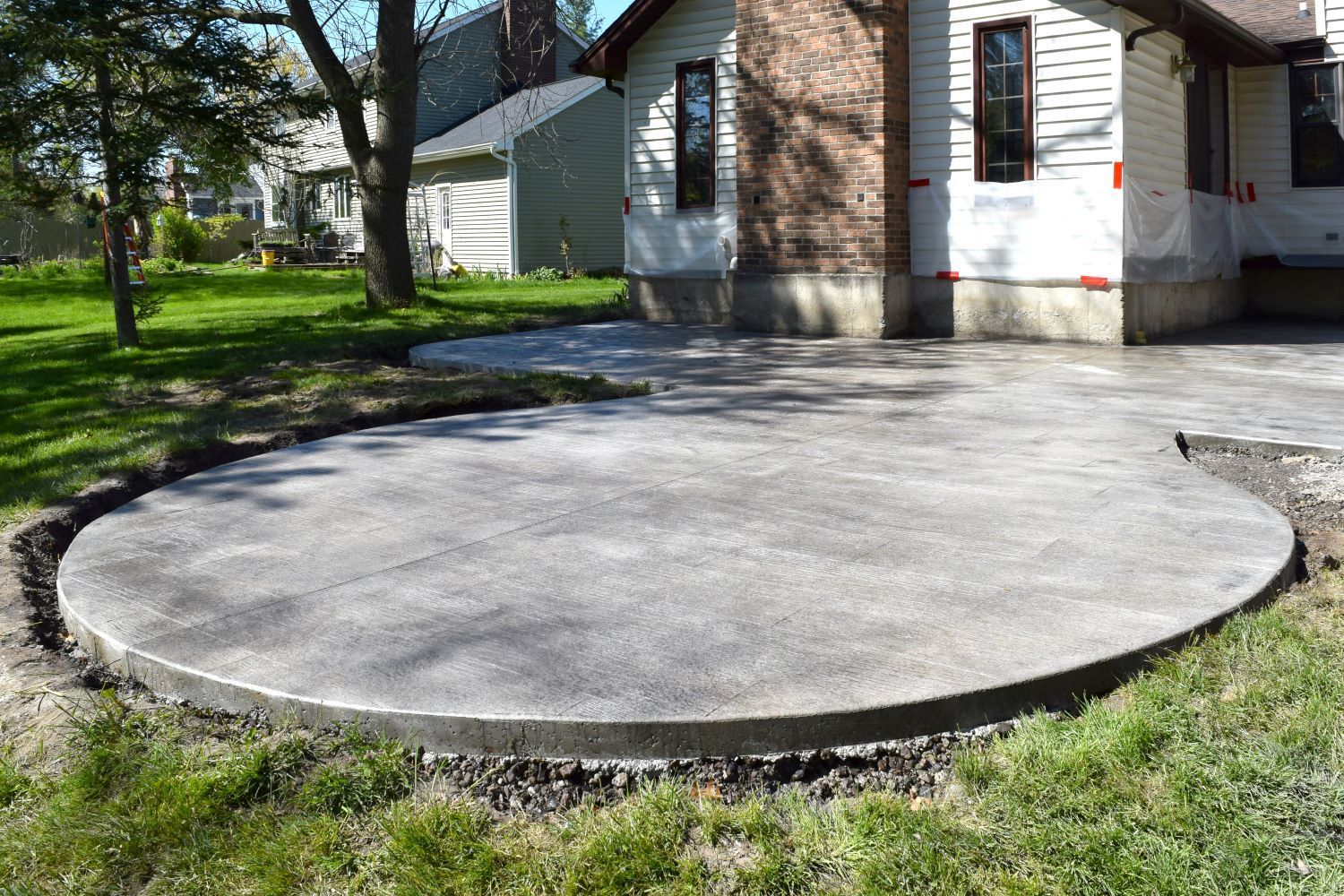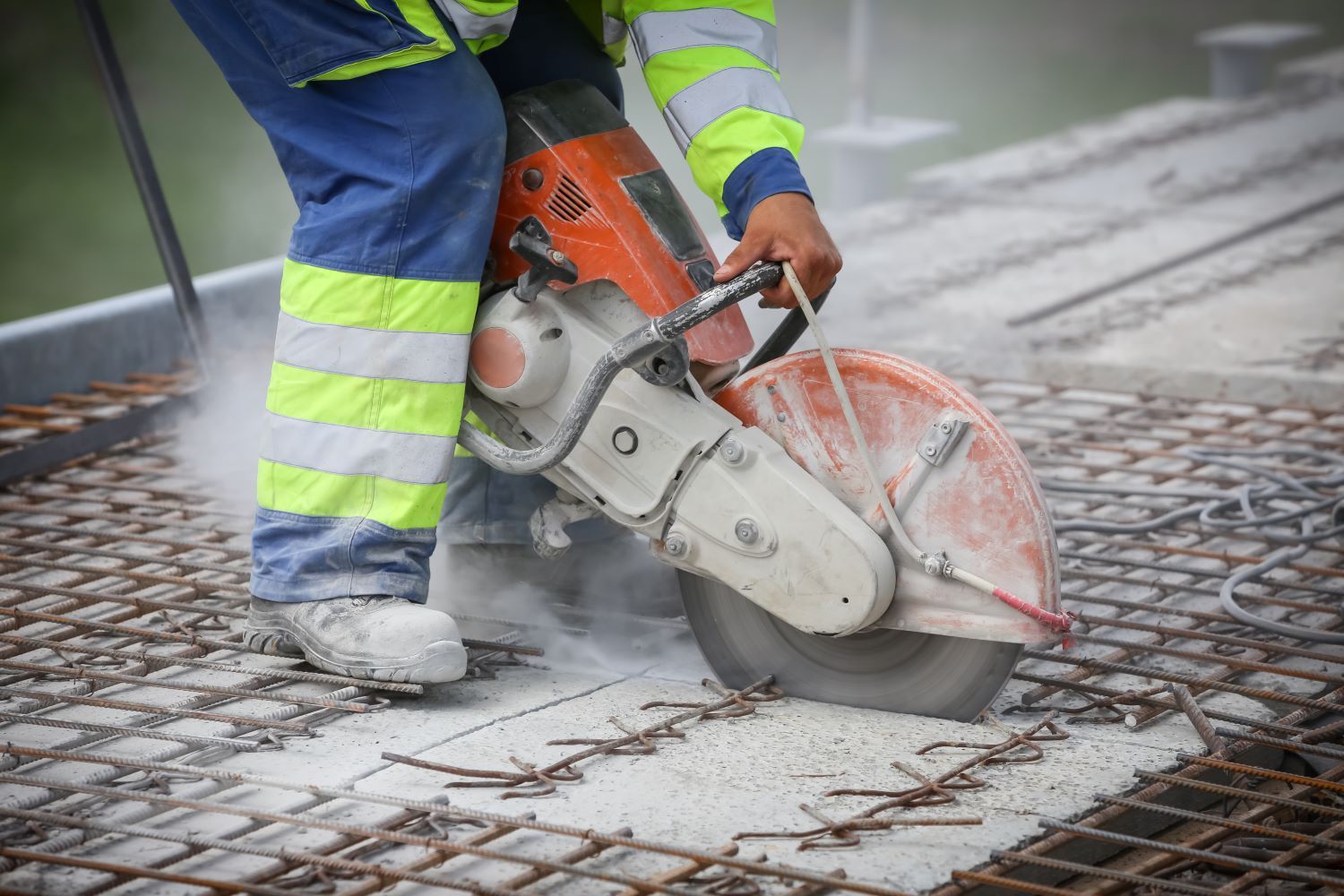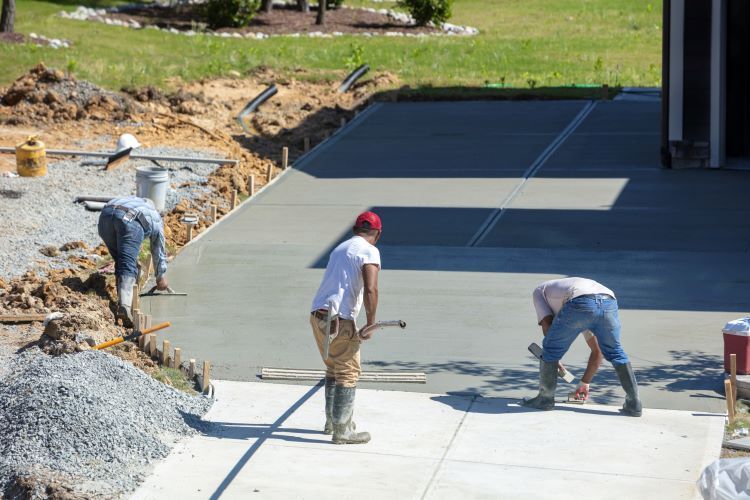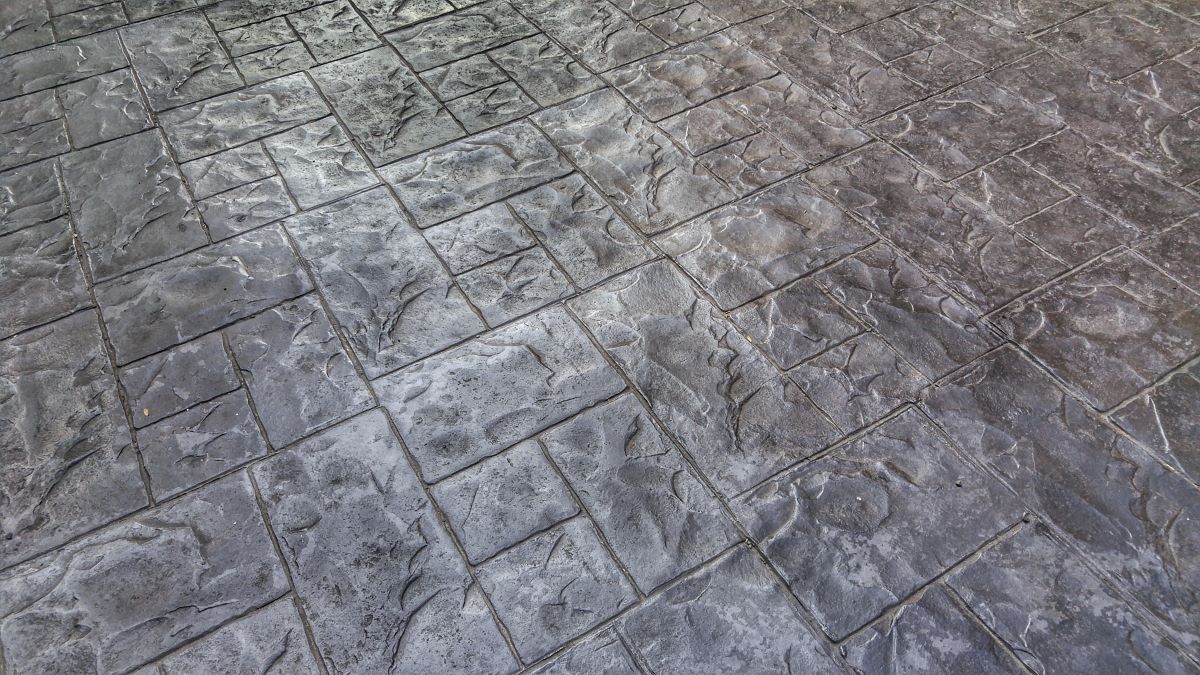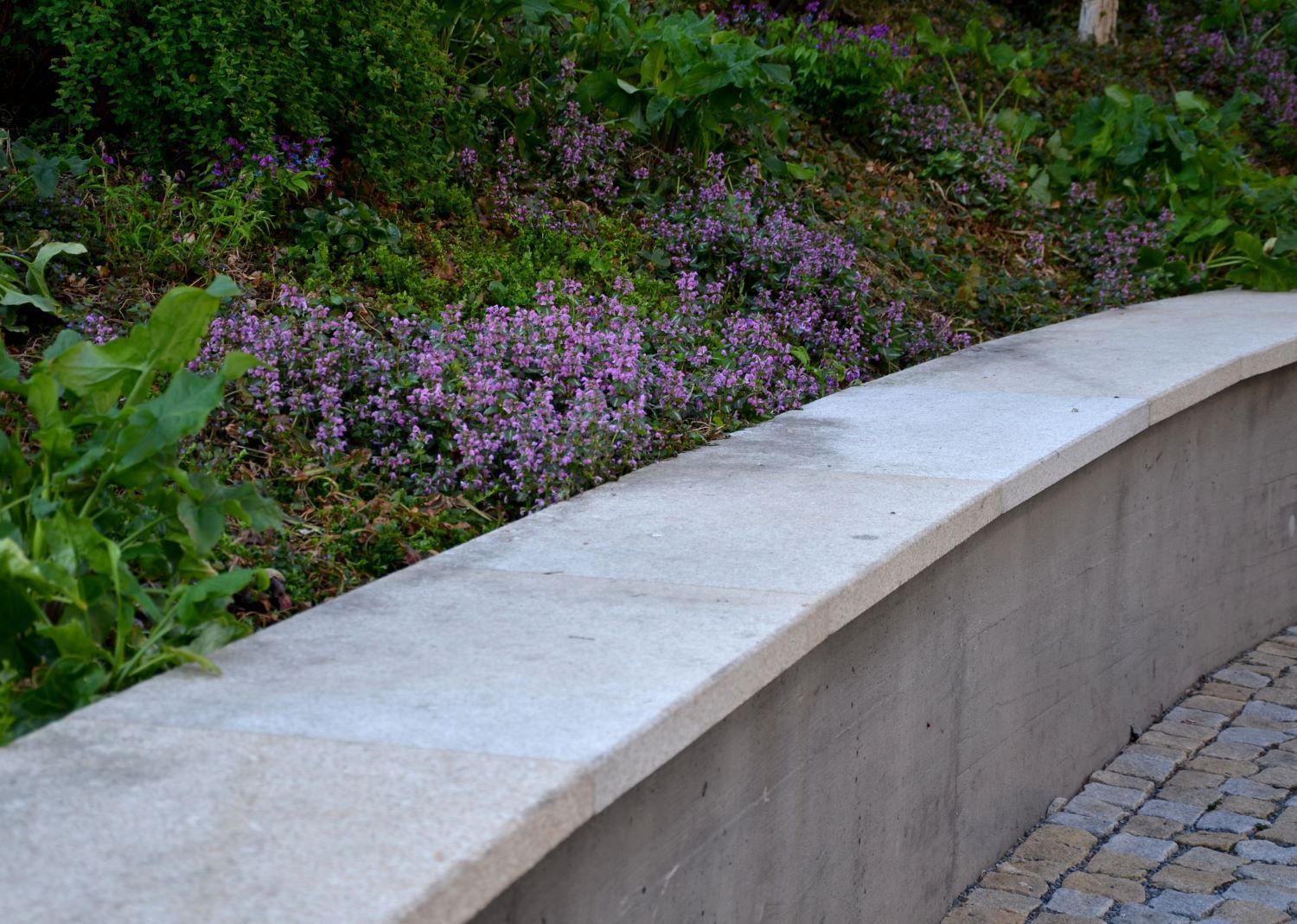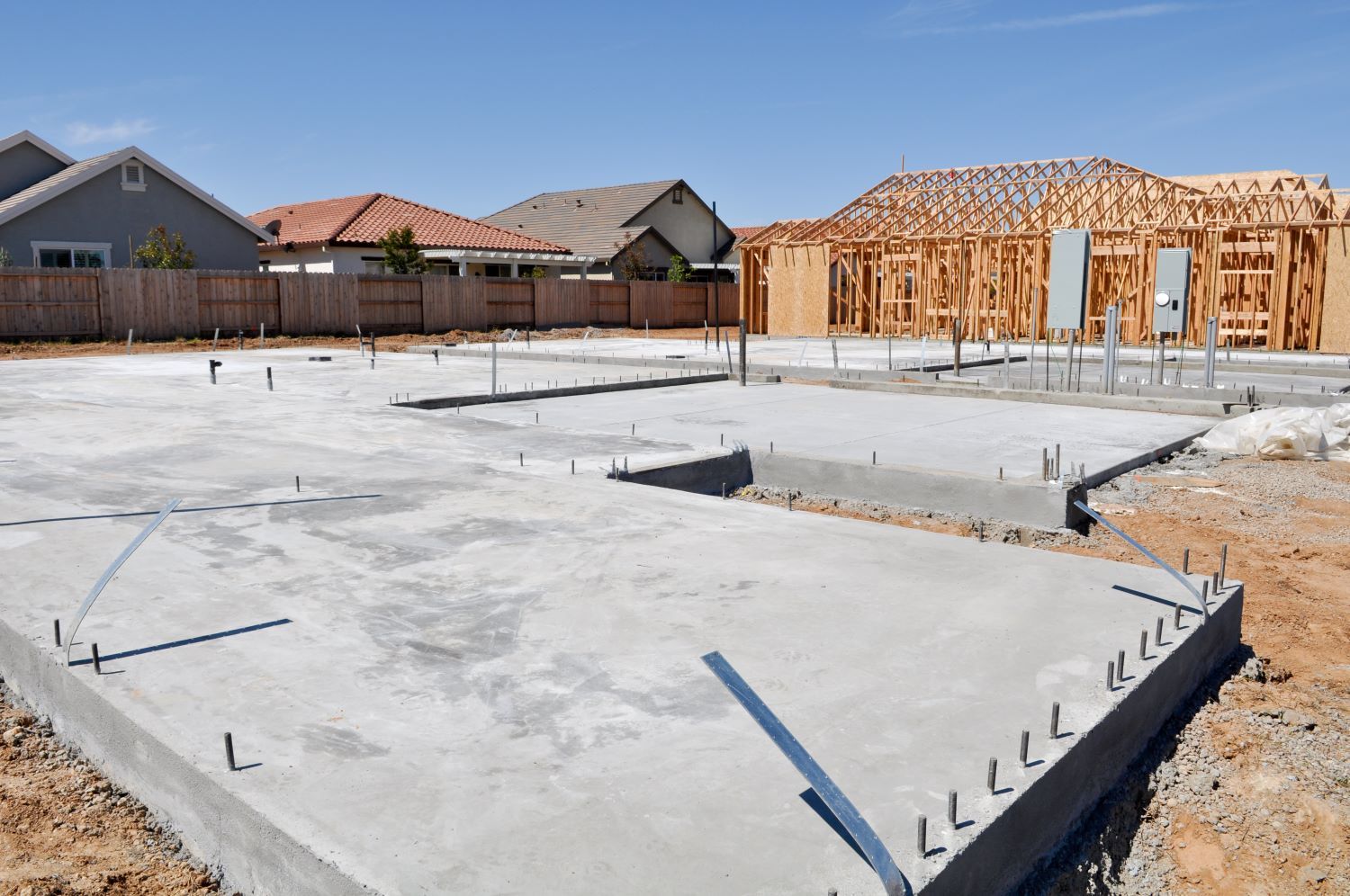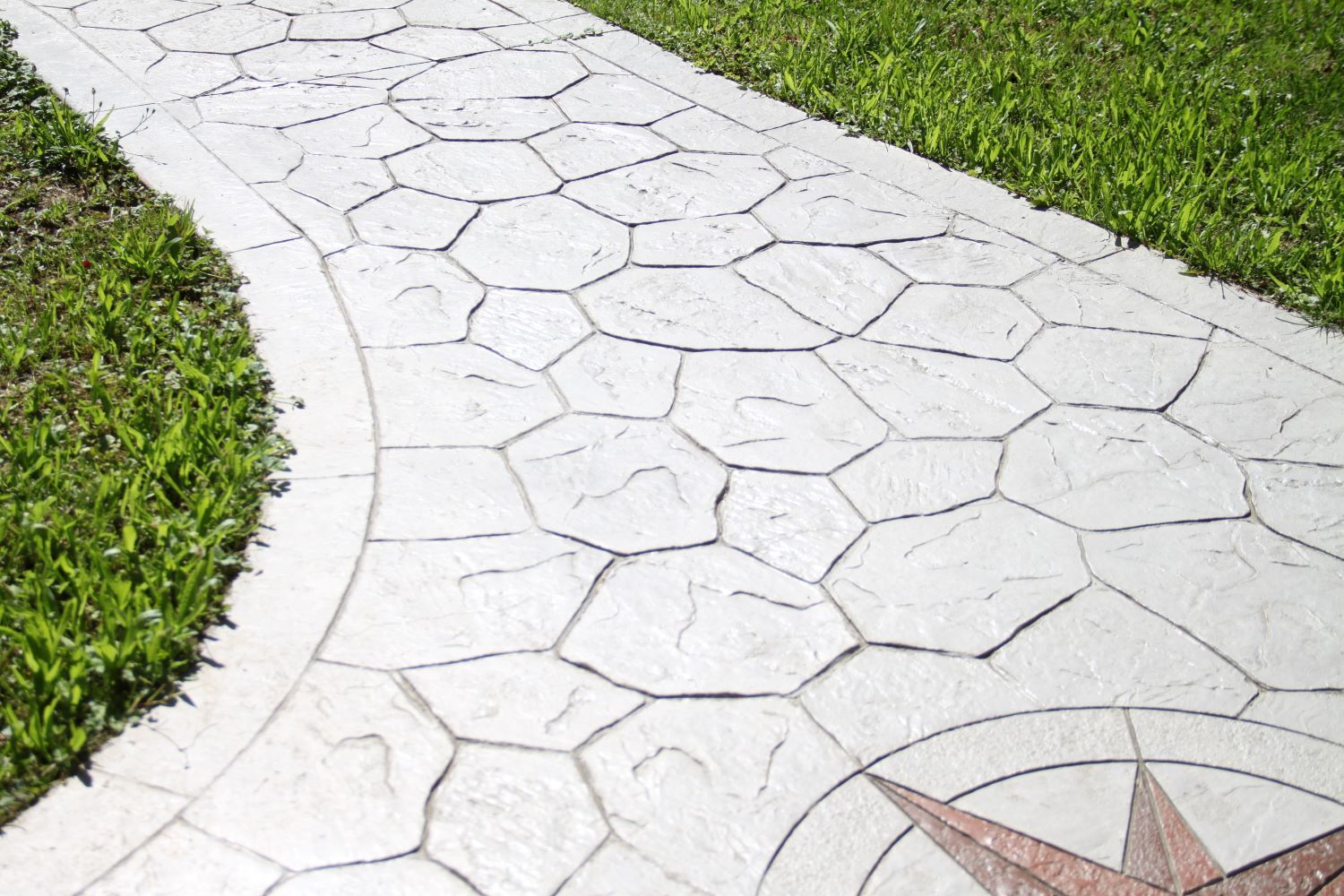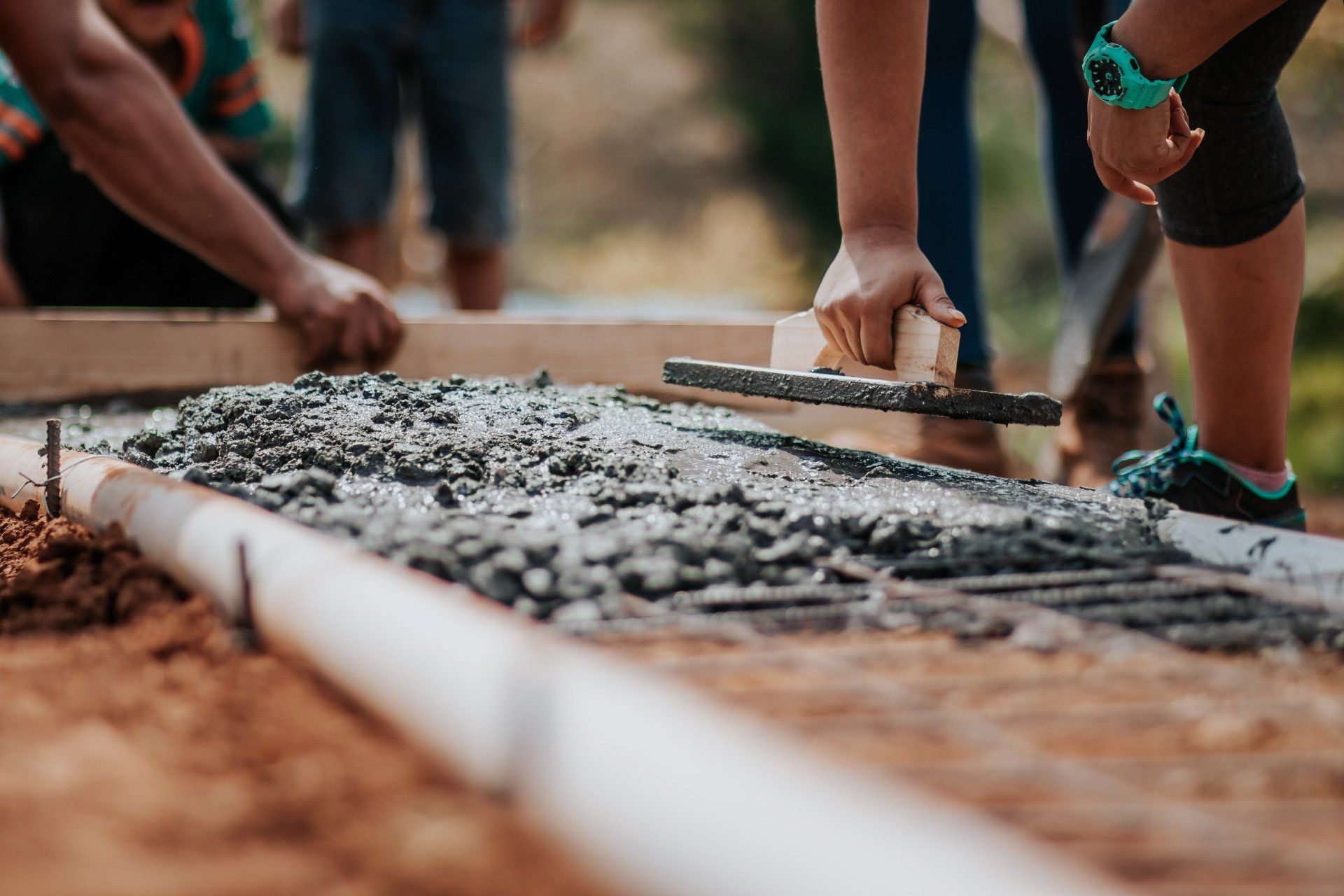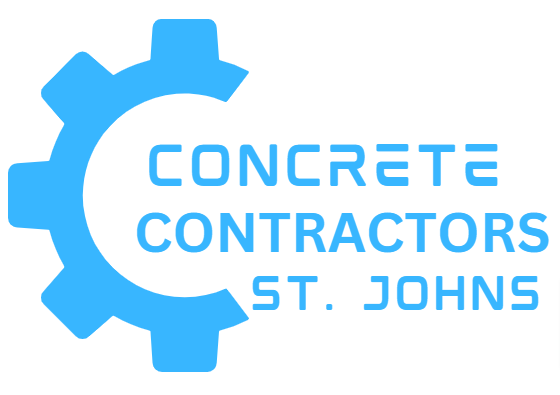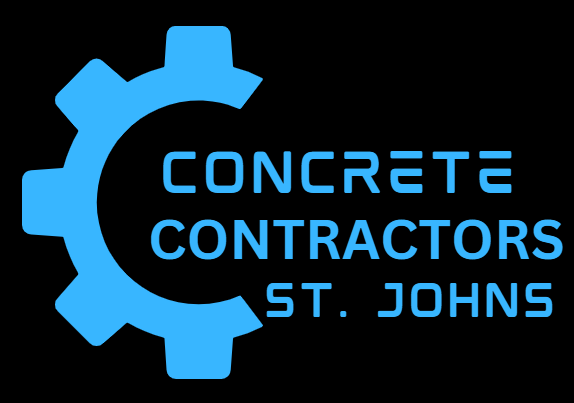Why Regular Inspections Are Crucial for Concrete Durability
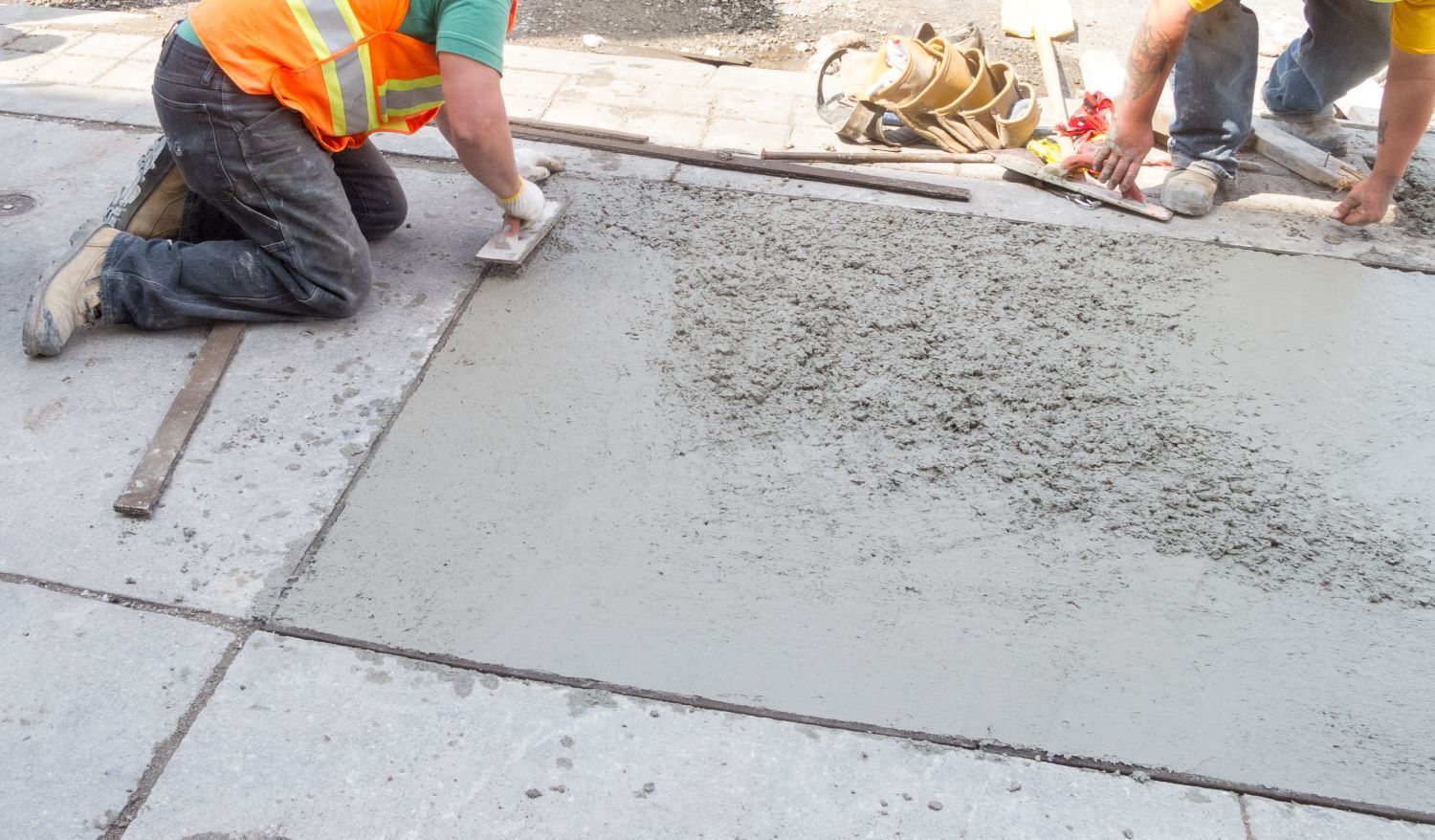
Concrete is a popular choice for various structures due to its strength, durability, and versatility. However, like any other material, concrete requires regular maintenance to ensure it remains in good condition over the years. At Concrete Contractors St. Johns, we emphasize the importance of regular inspections to maintain the durability of your concrete surfaces. In this article, we'll explore why these inspections are crucial and how they can save you time, money, and stress in the long run.
The Importance of Concrete Inspections
1. Early Detection of Problems
Regular inspections allow for the early detection of issues that could compromise the integrity of your concrete. Problems such as cracks, spalling, or scaling can develop over time due to various factors like weather conditions, heavy loads, or improper installation. Identifying these issues early enables timely repairs, preventing further deterioration and more costly fixes down the line.
2. Extending the Lifespan of Your Concrete
Concrete structures are designed to last for decades, but their longevity greatly depends on how well they are maintained. Regular inspections help ensure that your concrete is in good condition, addressing minor issues before they escalate into major problems. This proactive approach can significantly extend the lifespan of your concrete surfaces, providing better value for your investment.
3. Ensuring Safety
Damaged concrete can pose serious safety risks. For example, cracks or uneven surfaces can lead to trips and falls, while structural damage can compromise the stability of the entire structure. Regular inspections help identify and rectify these hazards, ensuring that your property remains safe for occupants and visitors.
4. Maintaining Aesthetic Appeal
Concrete surfaces, whether they are driveways, walkways, or patios, contribute to the overall aesthetic appeal of your property. Cracks, stains, and other damage can detract from the visual appeal of your concrete. Regular inspections help maintain the appearance of your concrete surfaces, keeping them looking clean and well-kept.
5. Cost-Effective Maintenance
Preventative maintenance is always more cost-effective than reactive repairs. Regular inspections allow you to address minor issues before they become major problems, saving you money in the long run. By investing in routine maintenance, you can avoid expensive emergency repairs and the potential need for complete replacements.
What to Look for During Concrete Inspections
During a concrete inspection, several key areas should be assessed:
1. Cracks and Fissures
Inspect for any visible cracks, which can be caused by various factors including freeze-thaw cycles, ground movement, or heavy loads. Even small cracks can allow water to seep in, leading to further damage.
2. Spalling and Scaling
Look for flaking or peeling surfaces, known as spalling or scaling. This is often a result of water penetration and freeze-thaw damage. It can also be caused by poor concrete mixing or finishing techniques.
3. Discoloration and Staining
Check for any discoloration or staining, which can be a sign of water damage, chemical spills, or other environmental factors. Stains not only affect the appearance but can also indicate deeper issues.
4. Joint and Edge Conditions
Examine the joints and edges of your concrete surfaces. Ensure that the joints are not widening or deteriorating and that the edges remain intact and undamaged.
5. Drainage and Water Accumulation
Assess the drainage around your concrete surfaces. Poor drainage can lead to water accumulation, which can weaken the concrete over time and cause damage.
Professional Concrete Inspection Services
While some issues can be identified through visual inspection, a professional assessment by Concrete Contractors St. Johns can provide a more thorough evaluation. Our experts use advanced techniques and tools to detect underlying issues that may not be immediately visible. We offer comprehensive inspection services that include:
- Detailed visual inspections
- Moisture testing
- Structural integrity assessments
- Recommendations for repairs and maintenance
Conclusion
Regular inspections are an essential part of maintaining the durability and longevity of your concrete surfaces. By identifying and addressing issues early, you can prevent costly repairs, ensure safety, and keep your property looking its best.
At Concrete Contractors St. Johns, we are committed to helping you preserve the quality and appearance of your concrete through professional inspection and maintenance services. Contact us today to schedule an inspection and protect your investment in concrete.
